Dive into the deep blue with these stories
Posted by Remya Padmadas on June 11, 2018The National Geographic's June issue is being widely shared on Social Media, thanks to its attention grabbing cover.
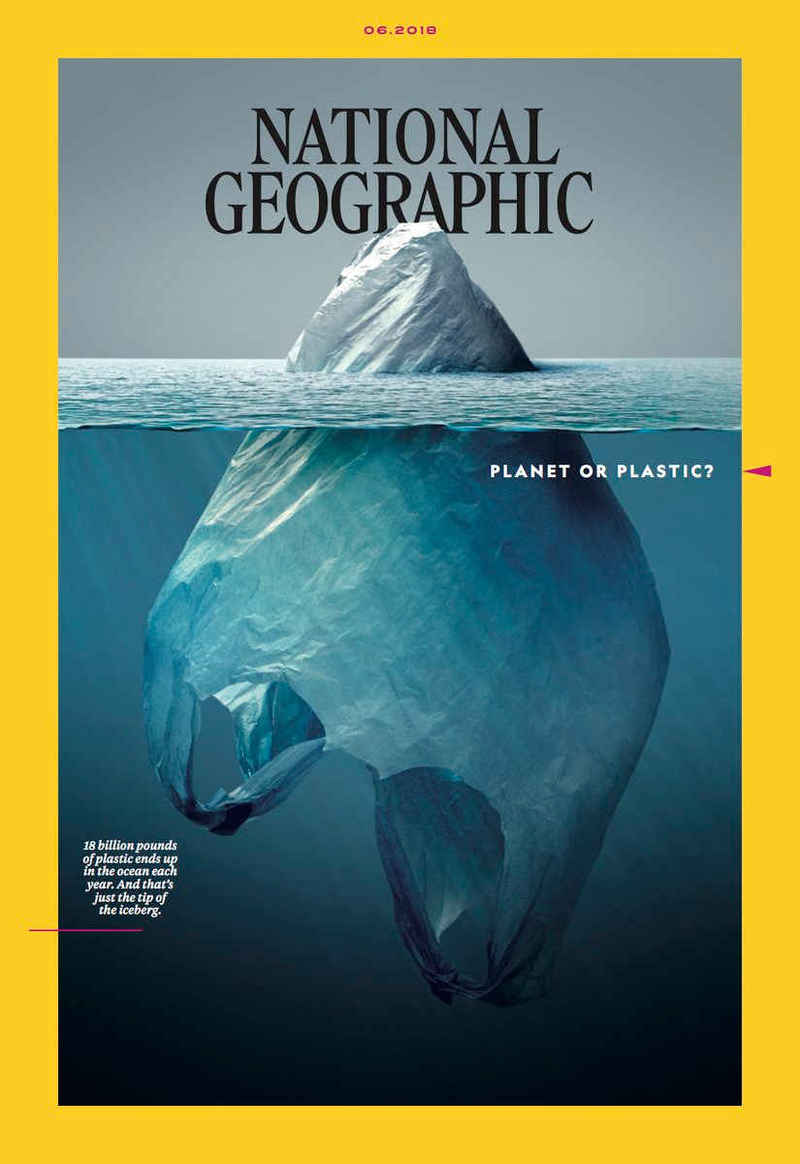
One of the most comprehensive studies on plastic polluttion estimates that 8 million tonnes of plastic went into the ocean in 2010. Oceans that are home to a stunning array of plant and animal life. These books remind us exactly who we share our planet with, and will hopefully help readers young and old think twice before reaching for a one time use plastic, that will mostly likely end up in someone elses home.
Dive! written and illustrated by Rajiv Eipe
Take a dive into the spectacular world of coral reefs, and catch a glimpse of some strange and beautiful sea creatures! Available in 14 languages, free to read, download and share.
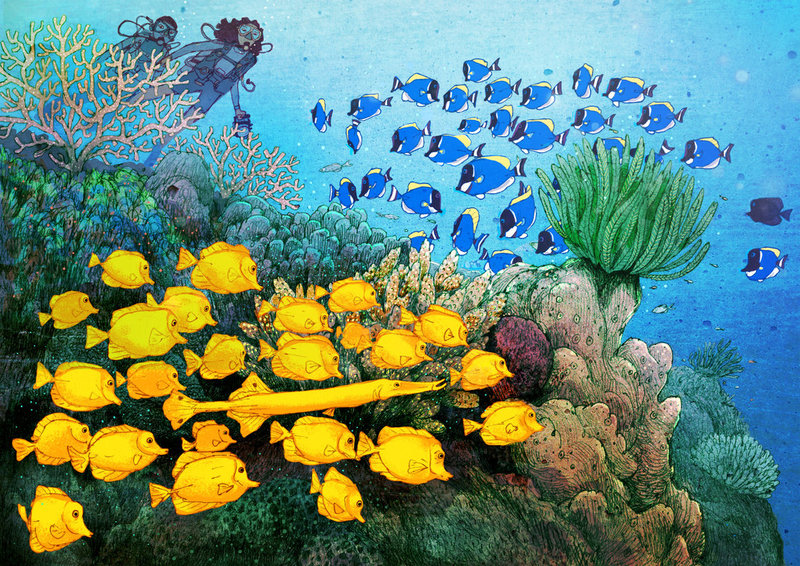
Goby's Noisy Best Friend by Sheila Dhir and Anjora Noronha
We could all use a little help from our friends... even when you live in the ocean! Legless Goby and noisy Snap are best friends who live together in a burrow deep under the ocean. What happens when Goby gets tired of Snap’s loud claws?
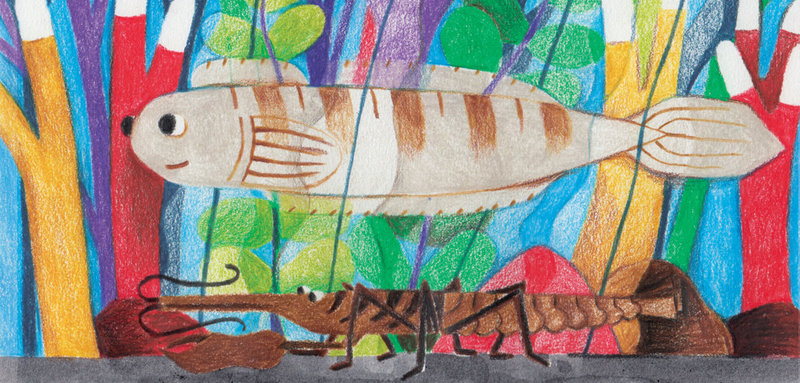
Miss Bandicota Bengalensis Digs Up the Seashore by Aditi Ghosh and Sunaina Coelho
Miss Bandicota Bengalensis is an avid explorer. Every time she digs in a new direction she lands up in new and wondrous places! This time our unlikely explorer has surfaced near the sea. Enjoy a walk along the beach with her as she befriends a host of strange creatures.

Turtle Story by Karthik Shanker and Maya Ramaswamy
Under cover of darkness, baby olive ridley turtles hatch from sun-warmed eggs on remote beaches. One of them, the little hatchling who is the narrator of our story, is delighted to make it across the beach and into the ocean without losing her way or being captured by predators. This charming life story of an olive ridley turtle introduces readers to several interesting creatures along the way.
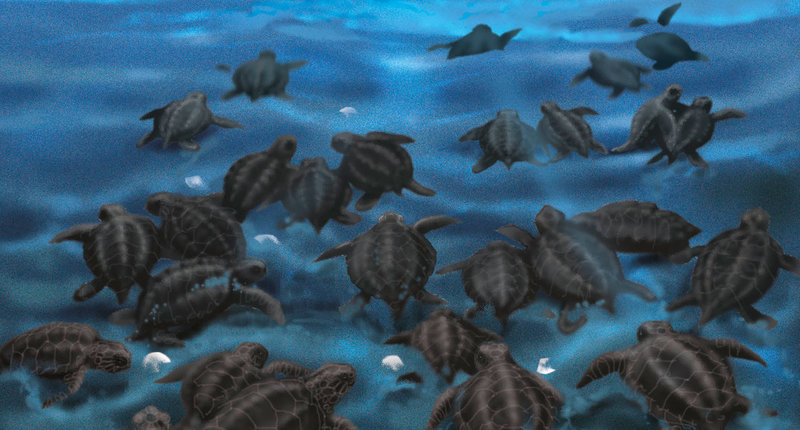
You can read, download and share ALL these stories thanks to open licensing. You can also translate them to a language you're fluent in and take the stories to more children in more languages.
Tell us, what are you reading this week?
Be the first to comment.
Illustrator Interview: Fahad Faizal on choosing illustration styles, creating characters and drawing flies
Posted by Yamini Vijayan on June 05, 2018Fahad Faizal, illustrator and animator, has illustrated two books - Unni's Wish and Fly in Space for Pratham Books this year.
He started drawing at the age of three and hasn’t stopped since. He is married to Sunaina, his classmate from NID, and they work together from their cozy home-studio in Kochi calling it BABAKIKI. Fahad is a foodie, he loves cycling and tending to the plants in his balcony garden. But what he loves the most is playing with his son, Orhan.
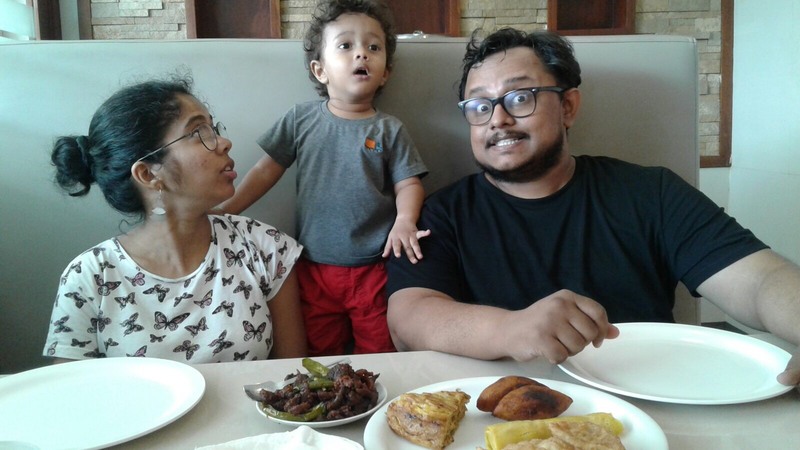
Read Assistant Editor Zeba Imtiaz's interview with Fahad to learn more about his illustration process, approach, and inspiration.
You illustrated two books for Pratham Books this year. What excites you about illustrating children’s books?
The sheer act of drawing always excites me. It is a good break from animation, which is fundamentally the main thing we do. Unlike animation here I get to spend more time on one image. Exploring the details is always fun.
How did you decide your approach for each of these books?
I did Unni's Wish first. I really liked that story because I was able to relate to it somehow. And to add to that I took a trip to this place called Wagamon and stayed in a house like the one I drew. That was fun. I always enjoyed drawing black and white images. Just with shades of grey you can add a lot of depth and it’s not that common to see children's book in Black & White. The story supported it.
Fly in Space on the other hand, I took a different route of flat colours. In fact, fly as a character is something I did recently in an indie comic called Autobiografly. Though that was not exactly for kids. But here I tried to keep it simple. Even this story was really inspiring. I believe the concept is the king.
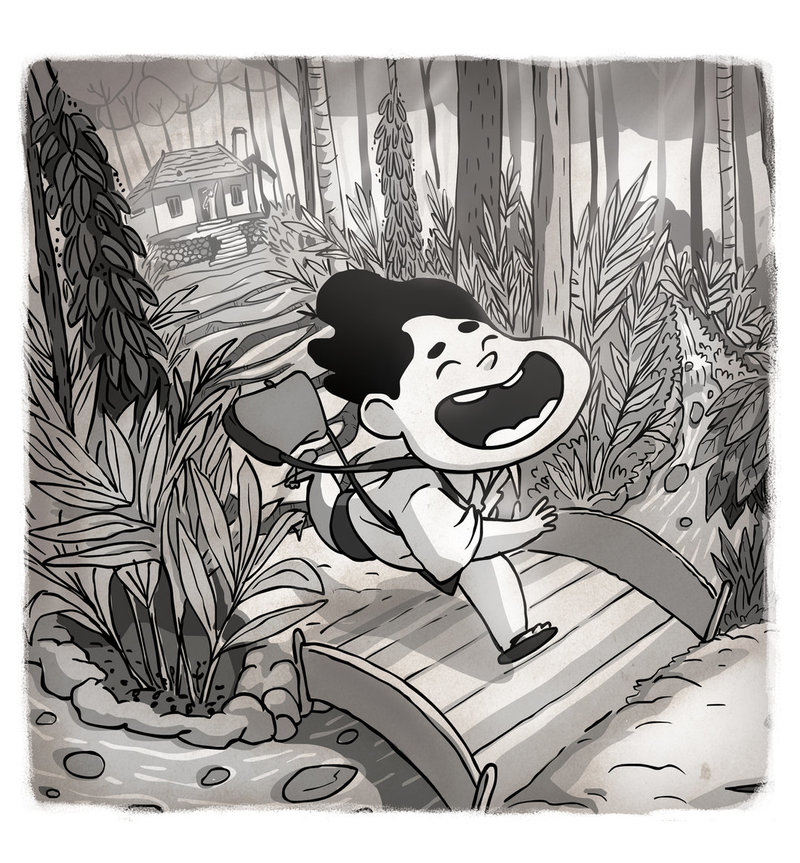
Do you think there’s a difference between illustrating for children and adults?
Fundamentally, there is not much difference between illustrating for adults or children! For both, it's the child in me who is drawing. The content makes the difference. Being a father of a 2 year old I think sometimes we underestimate kids. They are way more intelligent than us.
You have created some absolutely wonderful and memorable characters in your stories. Could you tell us more about the process for creating these characters?
Like I mentioned the story was my base, then I gathered all my memories of being a Malayali boy, and to add to that, the trip to Wagamon really helped. There we met a boy who helped us get back to our cottage through the coffee and cardamom farm. Putting all these together I drew Unni, a boy with little over grown curly hair, who wears an oversized shirt, who looks a bit like my son. What we are exposed to, is what we are.
For Fly in Space again like I mentioned the fly as a character is something I have been working on from my previous work. I tried to keep up the age.
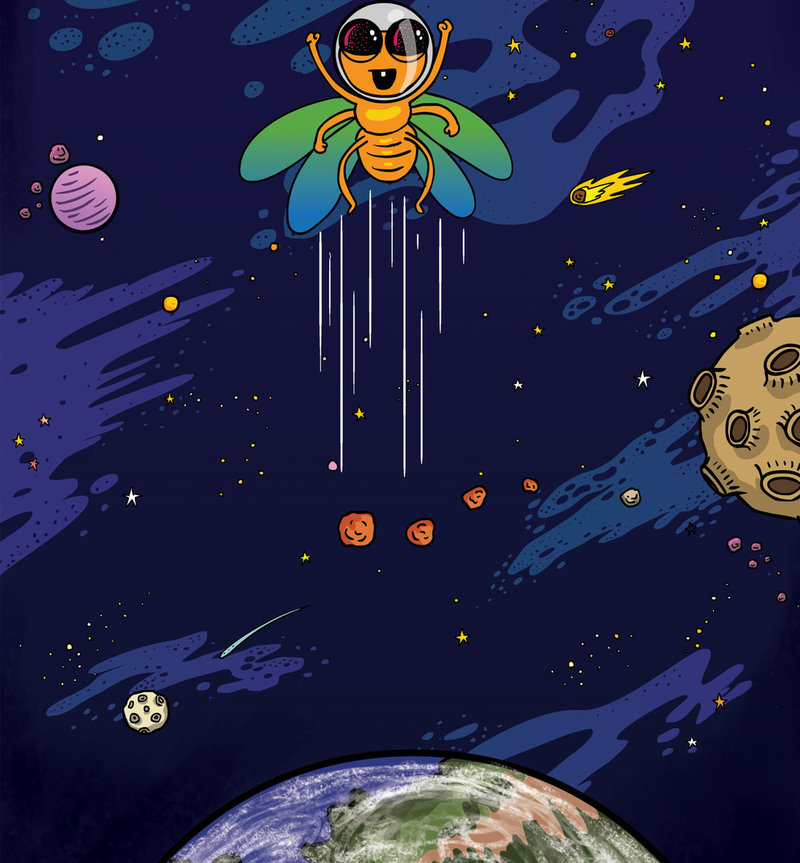
Your visual narratives contain a distinct sense of humour. Is this something you consciously do?
Being in Kerala I am exposed to lots of uncensored humour. I think that is very important to be able to think free. I tried to be there in each of the frames I drew, say if it's Unni enjoying the wind from fan or drinking chilled lime juice. I was aware of what I drew by might not be with too much planning.
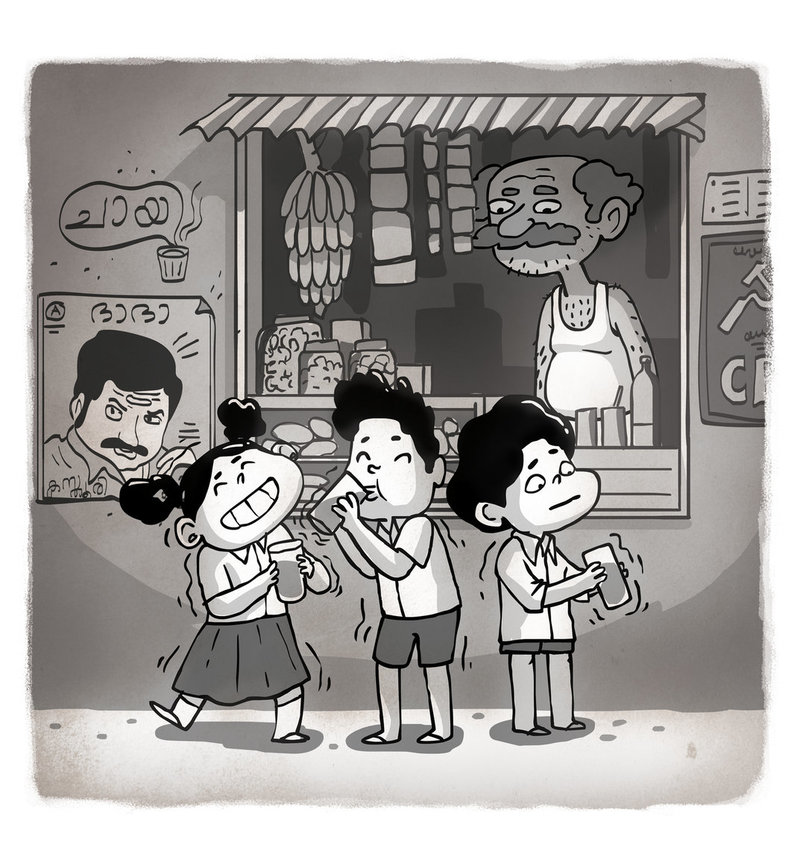
You run a studio called Babakiki along with your wife Sunaina Coelho, also an illustrator and animator. What sort of projects interest you?
We are interested in working on socially relevant projects. Anything that gives us an opportunity to create something new: idea-wise or technique-wise. We believe animation and illustration is a very strong medium that can communicate universally.
What do you most enjoy drawing?
That is tricky question! That’s like asking a foodie what you enjoy about eating. From time to time I immerse myself in studying anatomy, small details of structures or imaginary creatures inspired from what is there in nature. It is all connected.
How did you decide that you wanted to be an artist?
It's the other-way around, the artist decided to be me. I just went along. The sheer act of drawing always excites me.
You can read Unni's Wish and Fly in Space for free on StoryWeaver in Hindi, Tamil, Marathi, English, and Kannada.
Be the first to comment.This World Environment Day, we're celebrating real-life heroes!
Posted by Remya Padmadas on June 05, 2018Some superheroes come with capes, hammers and iron suits that launch them into outer space. Other superheroes come armed with cameras, seeds and quiet grit. Today is #WorldEnvironmentDay, and all this June we're celebrating the environment: starting off with the real-life superheroes who do everything they can to protect and preserve the magical flora and fauna we share our home with.
Walking in the Wild by Sejal Mehta and Barkha Lohia
Zakhuma works as a forest guard and wildlife photographer with the Mizoram Forest Department in Dampa Tiger Reserve in Mizoram. This is one of India’s more remote tiger reserves with a very difficult terrain. This self-taught photographer has created a valuable archive of photographs of Dampa’s biodiversity: plants, animals, insects, amphibians, reptiles, birds, mosses and fungi. Join him on a walk through the jungle and meet the different animals who live there and what it means to protect them and their home.
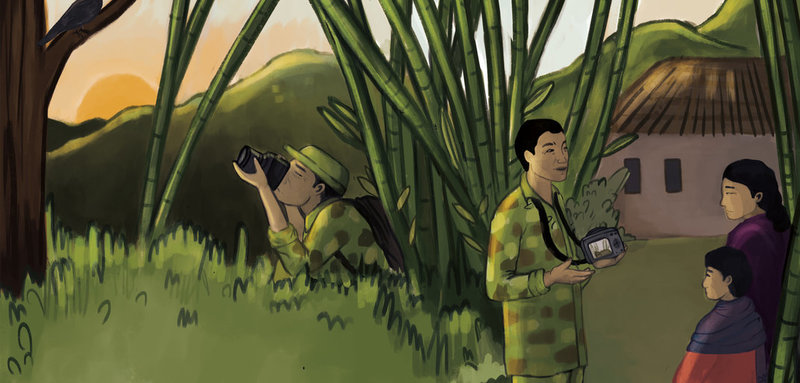
Jadav and the Tree-Place by Vinayak Varma
Jadav ‘Mulai’ Payeng is a conservationist and recipient of the Padmashree, one of the highest civilian honours awarded by the Indian government. Jadav lives in Majuli, Assam. At the age of 16, distressed by the sight of dying snakes that had washed up on a sandbar banking the Brahmaputra, Jadav decided to plant some trees in the spot. He started small, with bamboos, and grew an entire forest, plant by painstaking plant. Over the next three decades, Jadav and his tree-planting have managed to change the soil in the barren area. The 550-hectare sandbar is now a lush, dense forest and home to a variety of flora and fauna, including elephants, tigers, apes, deer and many species of local and migratory birds. Jadav continues to visit and nurture his forest every day, planting wherever he finds empty patches.
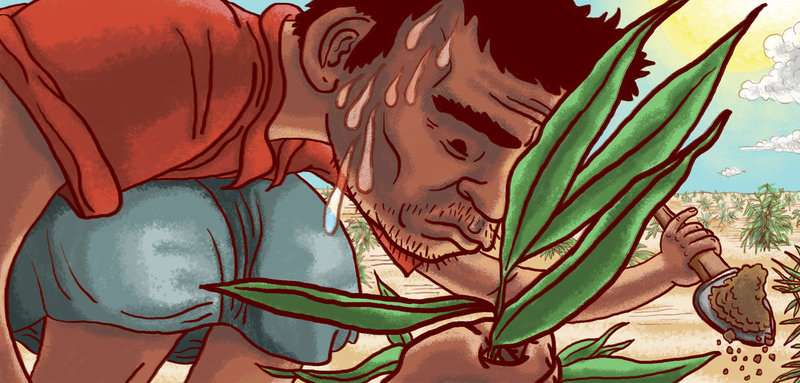
A Tiny Seed: The Story of Wangari Maathai by Nicola Riddisjk and Maya Marshak
Wangari Muta Maathai ( 1 April 1940 – 25 September 2011) was an internationally renowned Kenyan environmental political activist and Nobel laureate. She founded the Green Belt Movement, an environmental non-governmental organization focused on the planting of trees, environmental conservation, and women's rights. This lovely book from BookDash introduces readers to the little girl who worked in the fields with her mother and who was worried when she saw the big forests disappearing.
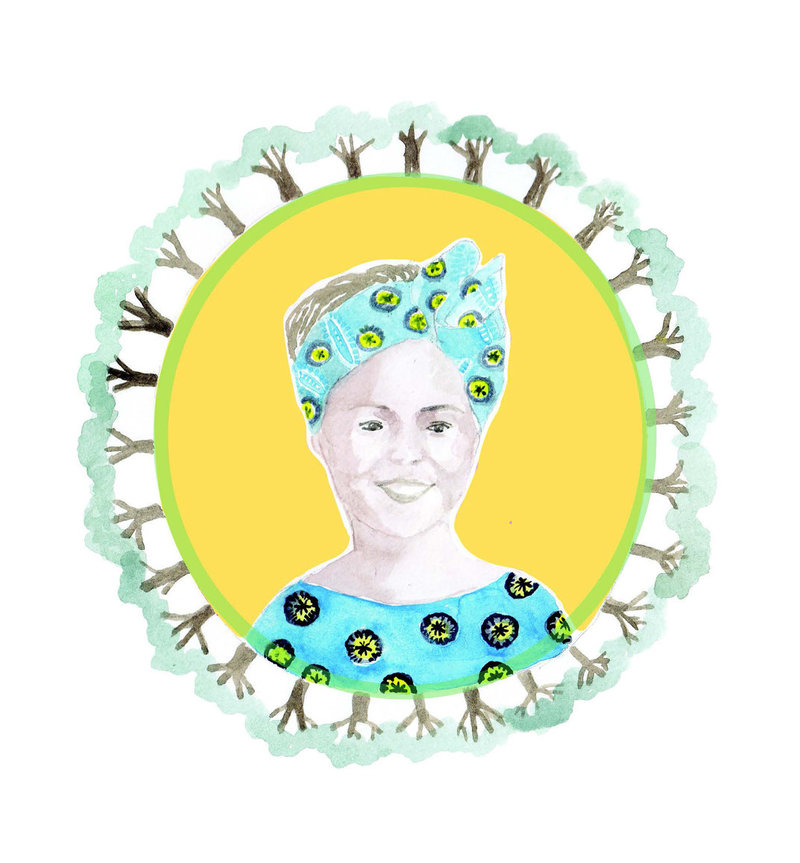
Welcome to the Forest by Bhavna Menon and Kavita Singh Kale
The Last Wilderness Foundation is an NGO that works in urban and rural areas with children to spread awareness about wildlife and biodiversity, and sensitise them towards conservation and the environment. In January 2017, the Last Wilderness Foundation in association with the Kanha Forest Department conducted a camp for 23 visually impaired students from the Ananya Manav Sai Samiti, Jabalpur. 'Welcome to the Forest' is their story.
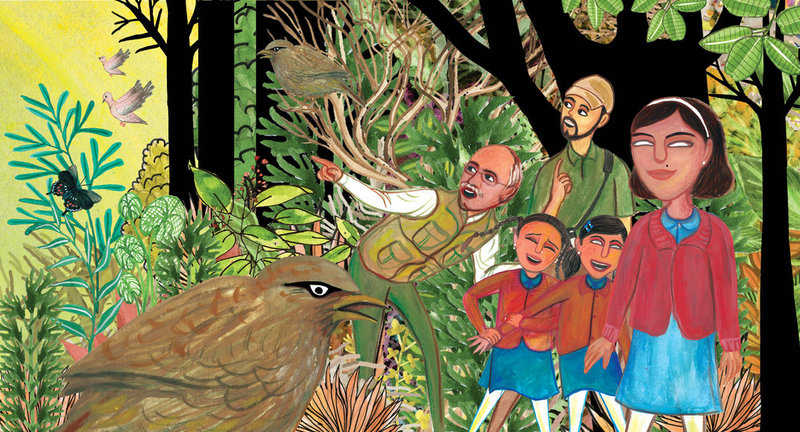
Follow us on Twitter, Facebook and Instagram and #EnvironmentMonth all this June for more wonderful books, author interviews, video resources and more!
Be the first to comment.